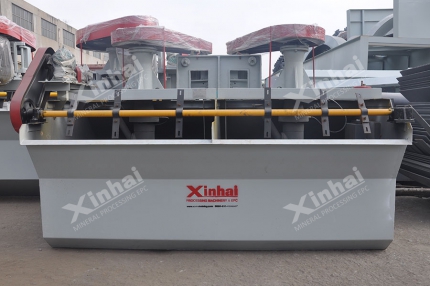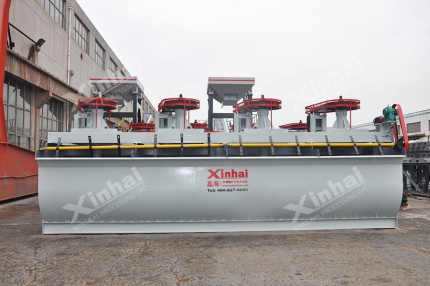Dolomite is an important non-metallic mineral with broad application value
across various industries, including metallurgy, building materials, chemicals,
and environmental protection. The purity of dolomite determines its commercial
value. Through beneficiation and processing, the grade of dolomite can be
improved and impurities effectively removed to meet the requirements of
downstream applications. This article introduces the dolomite beneficiation
process, key equipment, and the current state of the industry.
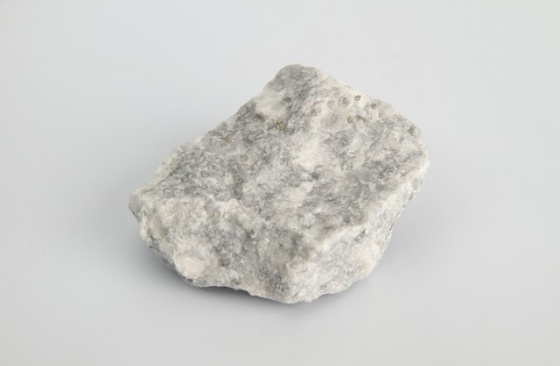
Use the table of contents below to navigate through the guide:
01Dolomite Processing Technology
Commonly used methods for dolomite beneficiation include flotation, magnetic
separation, gravity separation, and chemical treatment.
Flotation is mainly employed to remove silicate gangue minerals such as
quartz.
Gravity separation is suitable for coarse-grained dolomite ores.
Magnetic separation is applied to eliminate iron-bearing impurities such as
siderite and hematite.
Detailed Dolomite Processing Process Flow:
1. Ore Pretreatment
The purpose of ore pretreatment is to produce a suitable particle size for
subsequent separation and to preliminarily remove easily separable
impurities.
Crushing: The dolomite ore is first coarsely crushed by a
jaw crusher to ≤100 mm, then finely crushed by a hammer crusher to an output
size of 10–30 mm.
Screening: A multi-deck vibrating screen is used to classify
the crushed material, remove excessively fine particles, and ensure uniform
feeding.
Washing: If the ore contains clay, mud, or is heavily
weathered, a washing stage can be added. Surface clay can be removed by water
rinsing, and a log washer or attrition scrubber can be used to dislodge clay
through mechanical scrubbing. This step can remove approximately 5%–15% of clay
and slime impurities.
Grinding: If dolomite and impurities are closely associated
and the embedded grain size is fine, a grinding step is required to reduce the
particle size to around 0.074 mm. If dolomite and gangue are already dissociated
after crushing due to significant differences in physical properties, the ore
can be directly sent to the separation stage.
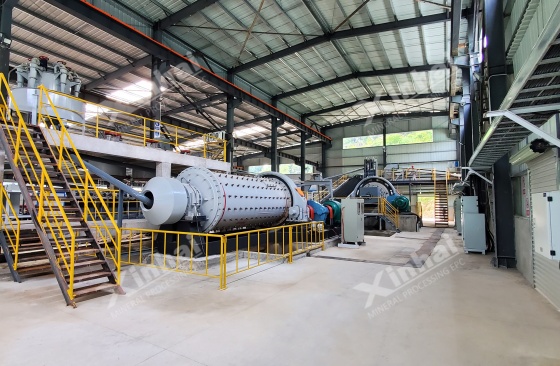
2. Separation (Beneficiation)
Depending on the occurrence and distribution of impurities, gravity
separation, magnetic separation, flotation, or a combination of methods may be
selected.
Gravity Separation: Suitable for coarse-grained ores with a
significant density difference between dolomite and impurities.
Jigging: Utilizes pulsed water flow to stratify and separate
heavier minerals.
Shaking Table: Separates particles through differential
movement and transverse water flow on a sloped table.
Magnetic Separation: Used to remove iron-bearing
impurities.
Low-intensity magnetic separation with a drum magnetic separator is used for
preliminary removal of magnetic tailings.
High-gradient magnetic separation is used for fine-grained magnetic minerals
such as hematite and siderite.
Flotation: Suitable for finely disseminated ores (<0.1
mm) or complexly associated ores.
Direct flotation: Collectors such as sodium oleate and sulfonates are used to
float dolomite, while gangue minerals are suppressed using water glass and
starch.
Reverse flotation: Silicates are used to suppress dolomite, while quartz is
floated using amine-based collectors.
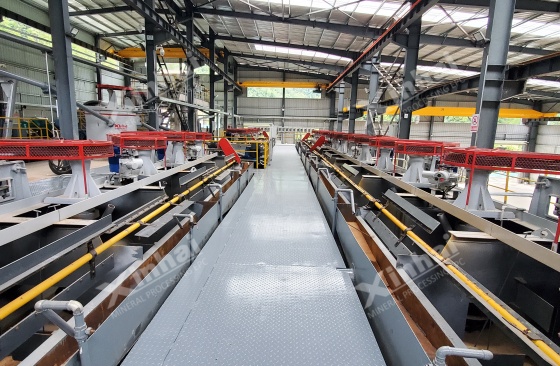
Sensor-Based Sorting (Emerging Technology): Utilizes
differences in optical properties (color or reflectivity) between dolomite and
impurities (e.g., biotite, pyrite). AI-assisted image recognition and air-jet
ejection are used to separate materials. Sorting accuracy can exceed 90%.
3. Deep Purification
For high-purity applications such as chemical-grade dolomite (MgO ≥ 98%),
further purification is required. This is typically achieved through acid
leaching and calcination, which help remove residual impurities and improve the
final product grade.
4. Typical Process Flow
Ore → Jaw Crusher → Cone Crusher → Screening (+10 mm returns) → Ore Washing →
Jig (gravity separation and tailing) → Wet High-Gradient Magnetic Separation
(iron removal) → Reverse Flotation (quartz removal) → Thickening and Filtration
→ Concentrate (MgO ≥ 20%)
02Key Equipment for Dolomite Processing
1. Crushing and Screening Equipment
Jaw Crusher: Used for primary crushing of large dolomite ore
with a crushing ratio of 3–5.
Cone Crusher: Suitable for secondary and tertiary crushing,
especially for hard rock.
Impact Crusher: Ideal for intermediate crushing of
medium-hard ores, producing better particle shape.
Vibrating Screen: Used to classify crushed material by
particle size and ensure consistent feed to downstream processes.
2. Gravity Separation Equipment
Gravity separation equipment for dolomite includes jigs and shaking tables,
which are commonly used to pre-concentrate and separate dolomite from quartz and
other gangue minerals.
3. Flotation Equipment
Fine-grained separation can be performed using either direct flotation or
reverse flotation.
Mechanical agitation flotation cells such as XCF and KYF flotation cells are widely used.
Flotation columns are effective for fine particle separation, offering higher
recovery rates and improved selectivity.
4. Dewatering Equipment
A efficiency thickener is used for primary dewatering of flotation
slurry.
A filter press is then used for further moisture reduction, lowering the
filter cake’s moisture content to below 15%, facilitating transportation and dry
stacking.
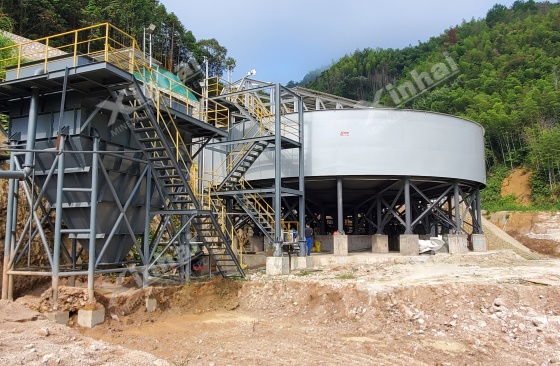
5. Key Considerations for Equipment Selection
First, select equipment based on ore characteristics. For dolomite with high
iron content, magnetic separation is prioritized. For dolomite with high
silicate content, flotation is recommended.
Second, match equipment models to processing capacity. Small concentrators
may use the combination of ball mill + flotation cell, while large concentrators
may prefer vertical mills + flotation columns.
Finally, consider energy efficiency. Use energy-saving ball mills instead of
conventional ones, and consider high-pressure grinding rolls (HPGR) to replace
traditional crushers, reducing energy consumption and improving output.
03Current Status of the Dolomite Processing Industry
Currently, the metallurgical industry represents the largest demand segment
for dolomite, where it is primarily used for slag conditioning in blast furnaces
and converters. Demand in the building materials sector is also growing
steadily, with dolomite being used in glass manufacturing, ceramics, and
refractory materials. The chemical and environmental protection industries have
become emerging areas of growth, with an annual increase of 8%–10%.
In terms of processing technology, traditional beneficiation processes still
dominate the industry. However, emerging technologies such as photoelectric
sorting and bioflotation are gradually gaining traction. For deep processing,
the acid leaching–calcination method remains the mainstream approach, though it
involves high wastewater treatment costs. Microwave calcination and
carbonization are new technologies that are gradually being introduced.
Modern dolomite concentrators are becoming increasingly intelligent and
automated. Technologies such as online elemental analysis and AI-assisted ore
sorting are being implemented. The use of unmanned control systems for crushing,
grinding, and flotation not only reduces labor costs but also enhances
operational precision and improves concentrate grade.
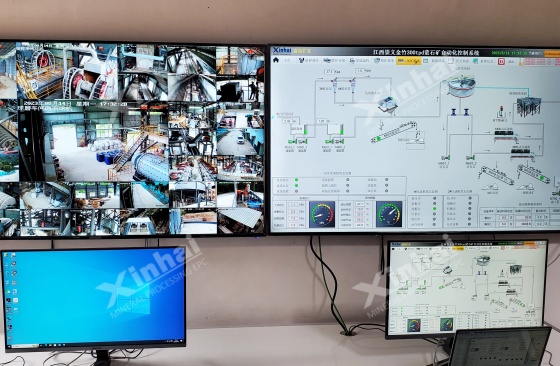
Conclusion
This article has introduced the dolomite processing flow, key equipment, and
industry development trends. Xinhai Mining provides customers with EPC+M+O
services for dolomite projects—offering full-process solutions from mineral
processing tests to concentrator operation.
If you have any needs related to dolomite beneficiation, feel free to contact
us!

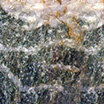
 marketing@ytxinhai.com
marketing@ytxinhai.com  0086 13810327080
0086 13810327080 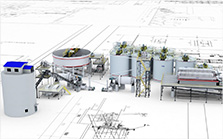
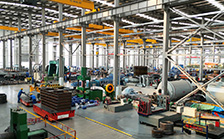
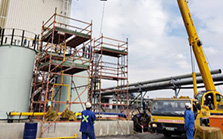

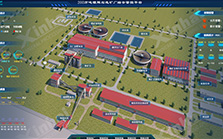
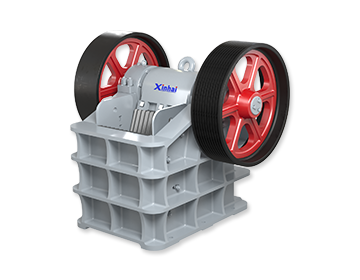
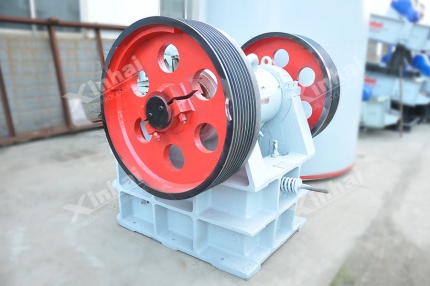

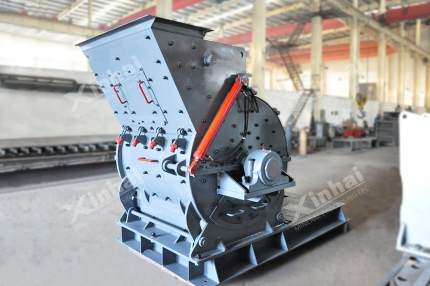
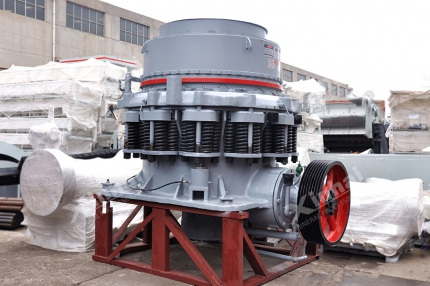
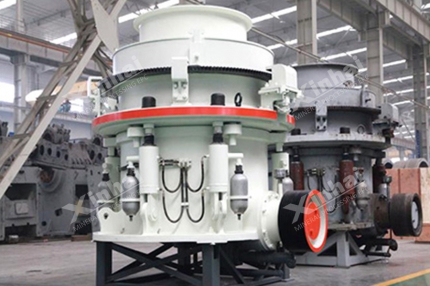
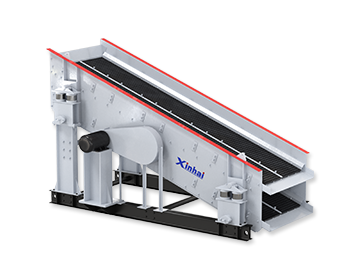
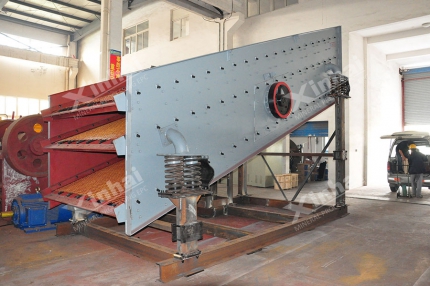
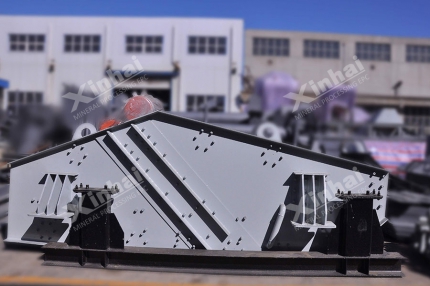
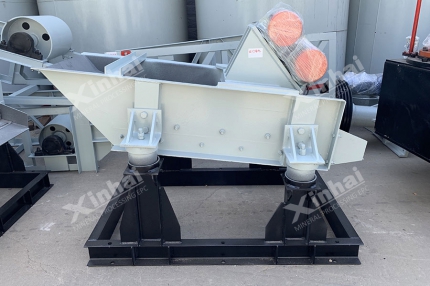
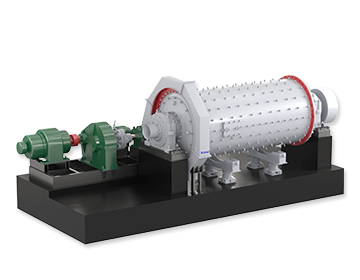
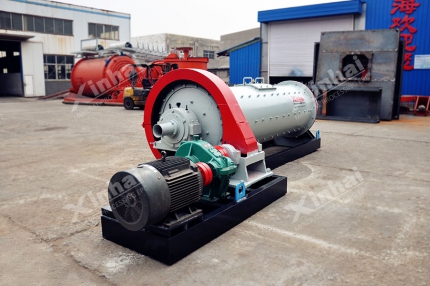
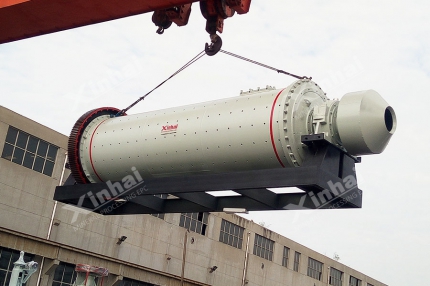
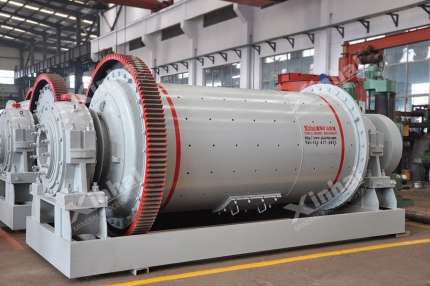
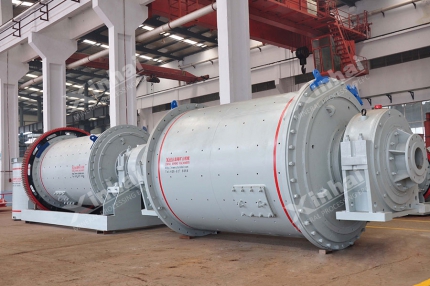
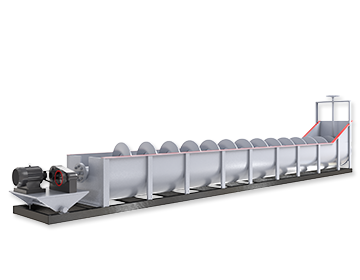
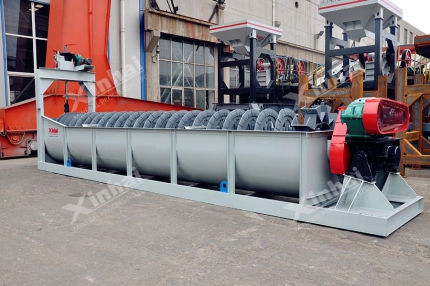
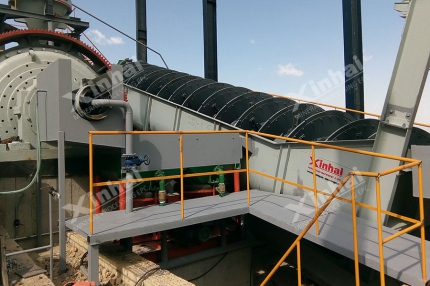
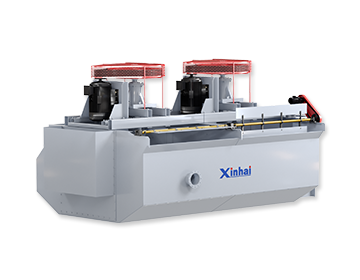
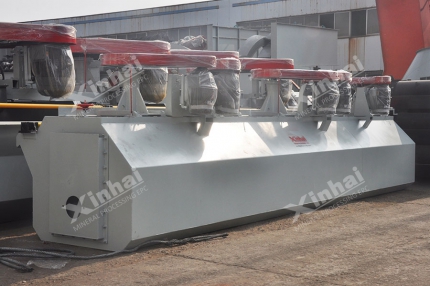
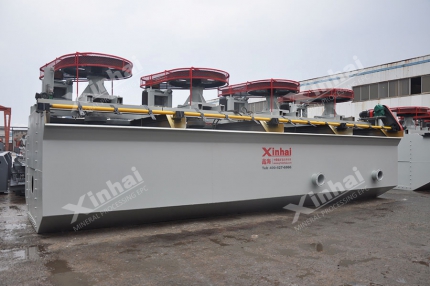
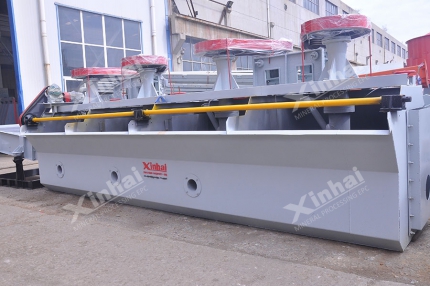
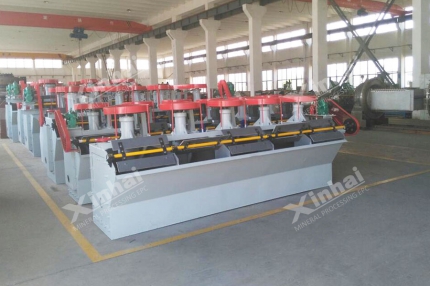
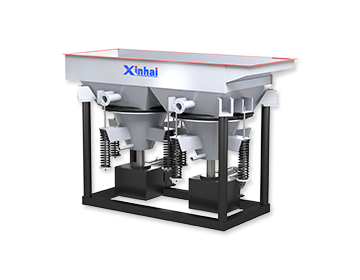
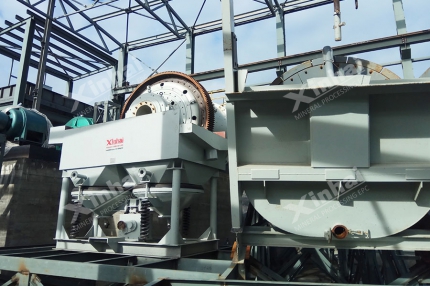
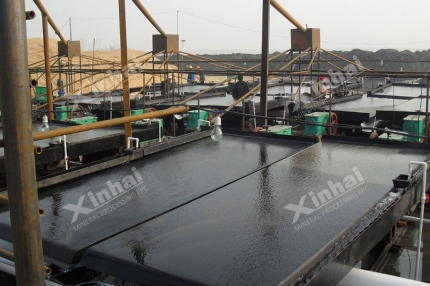
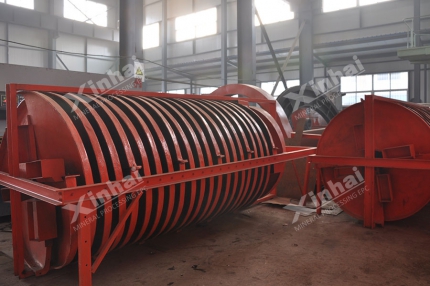
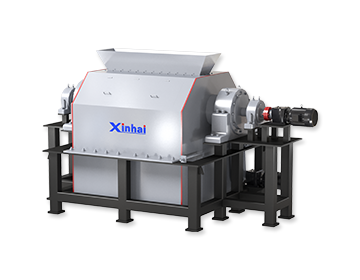
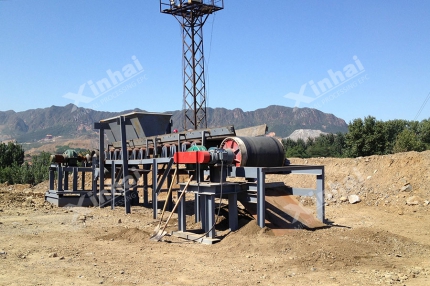
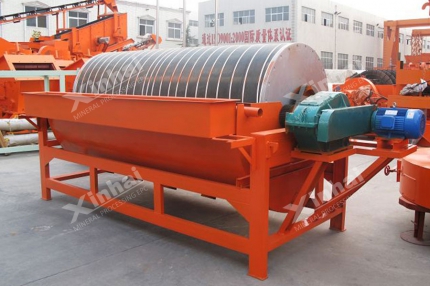
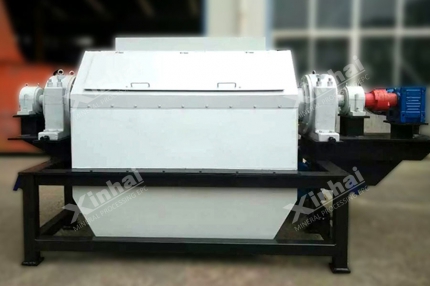
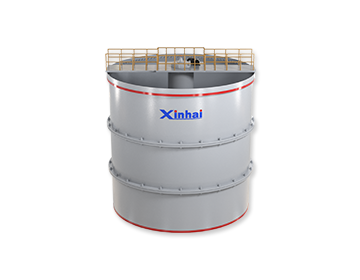
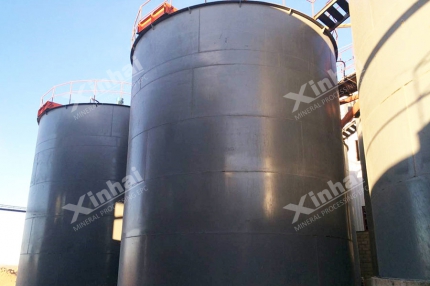
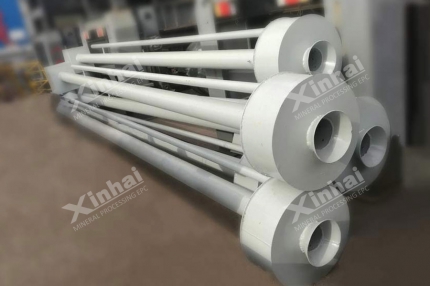
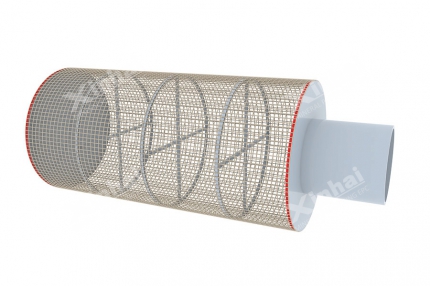
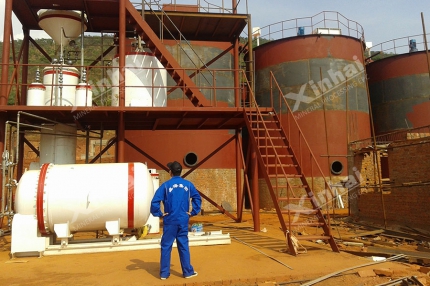
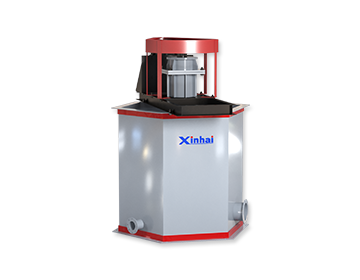
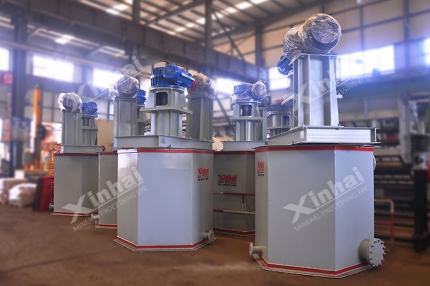
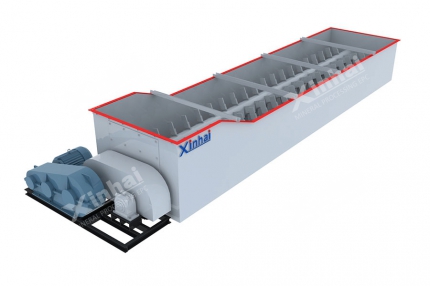
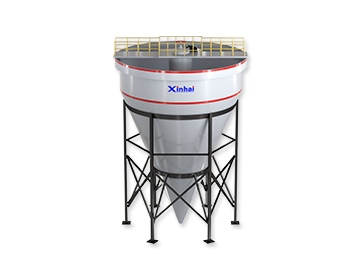
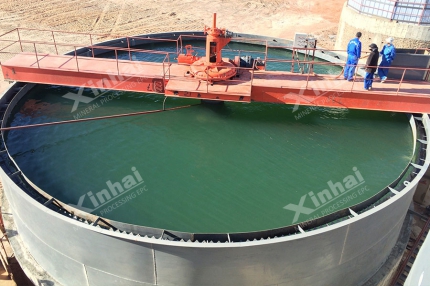
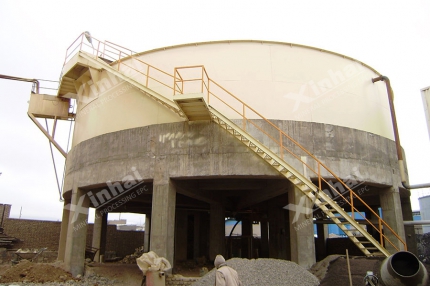
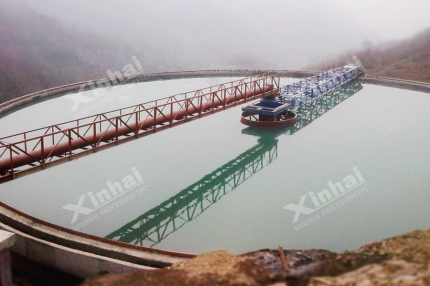
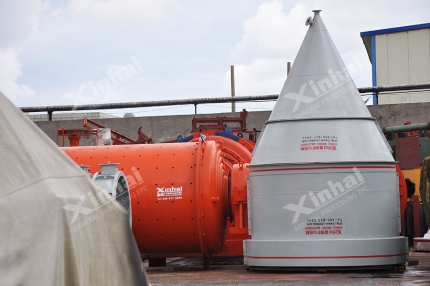
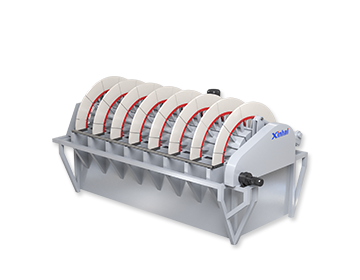
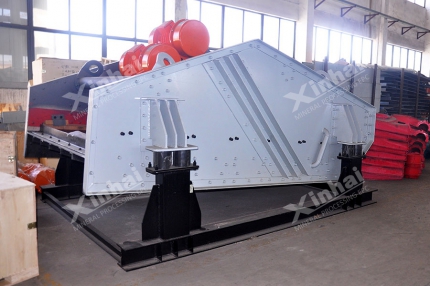
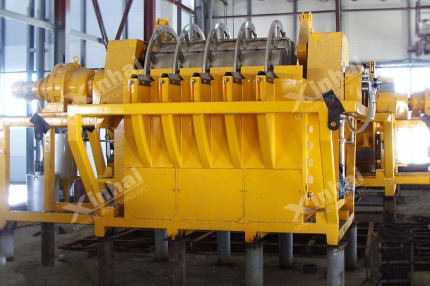
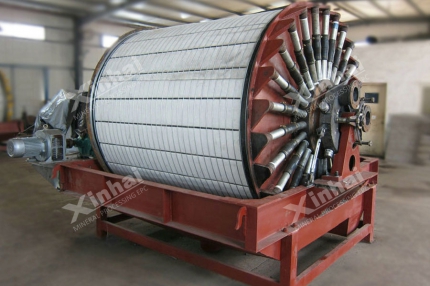
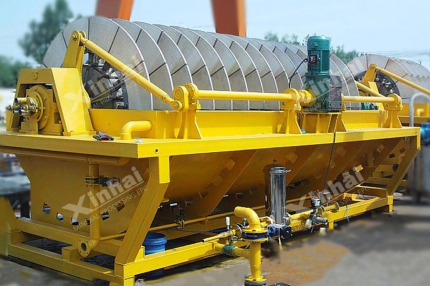
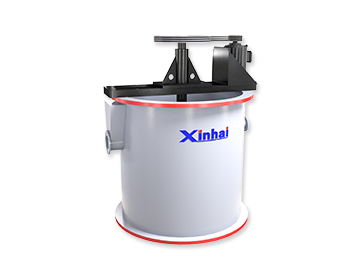
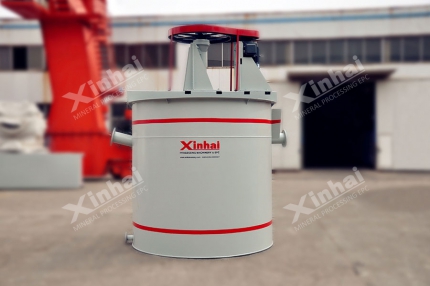
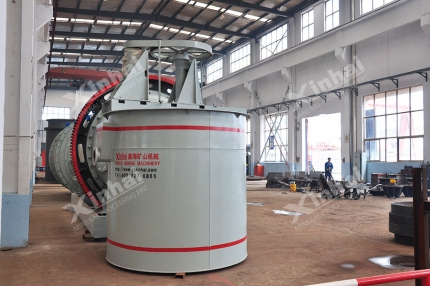
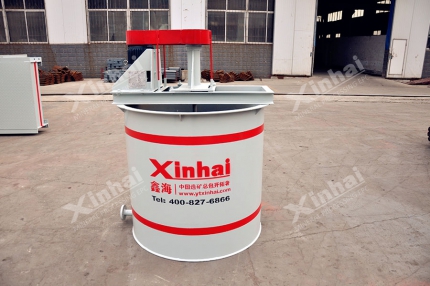
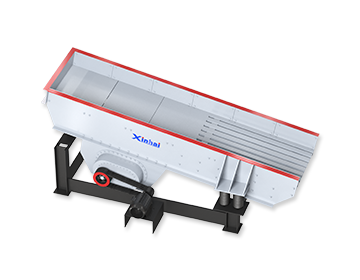
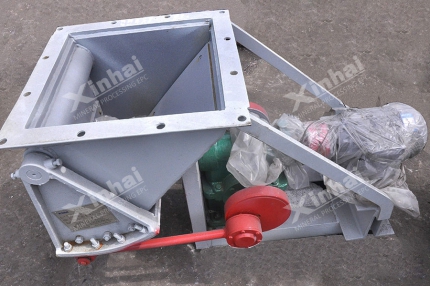
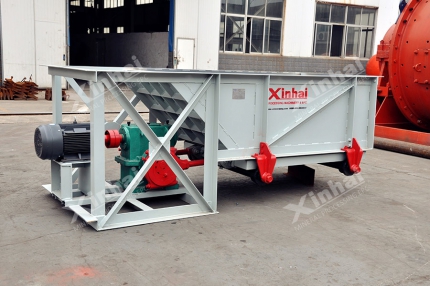
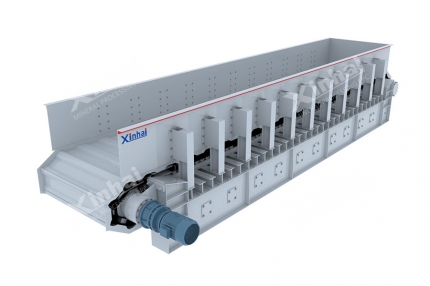
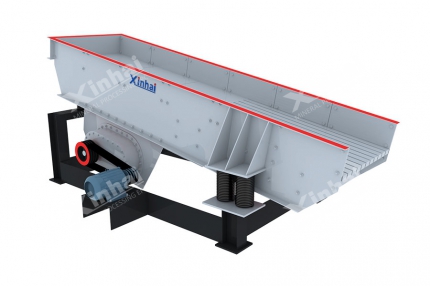
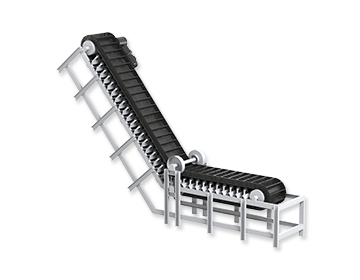
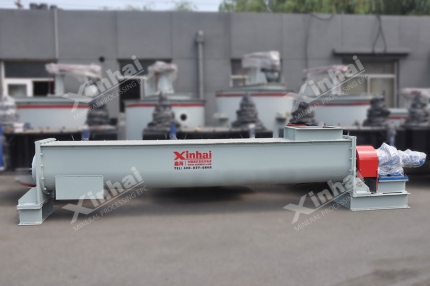
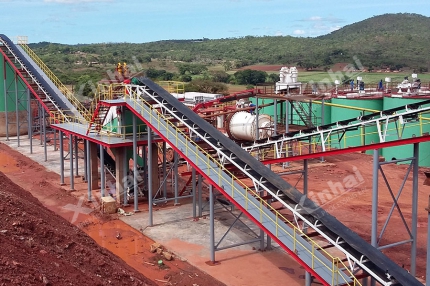
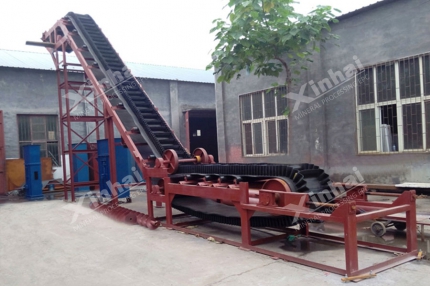
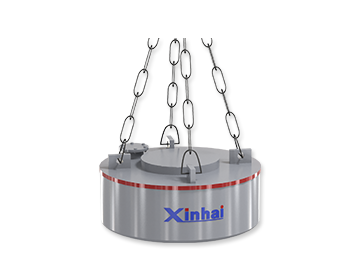
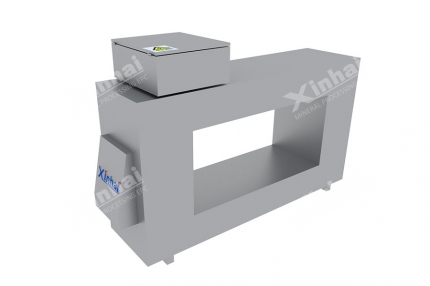
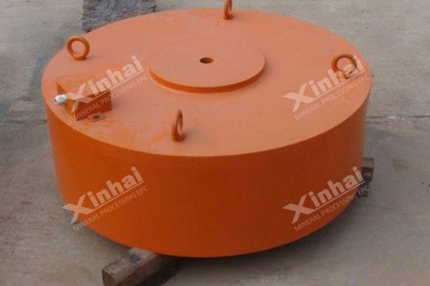
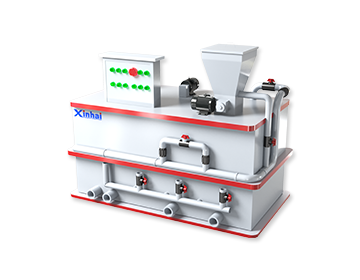
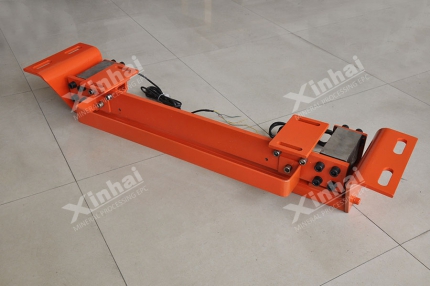
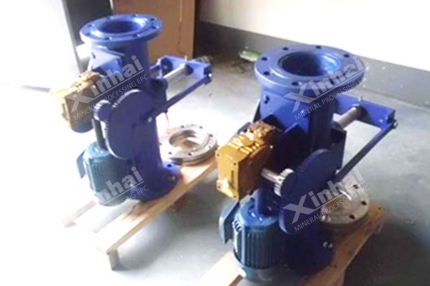
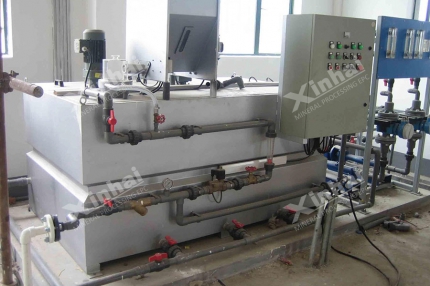
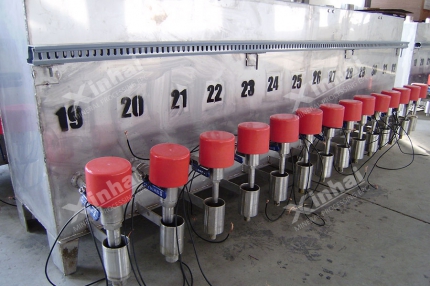
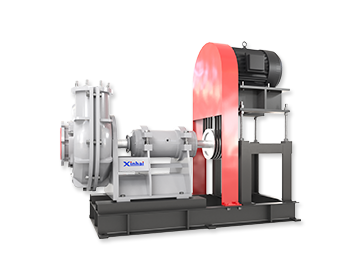
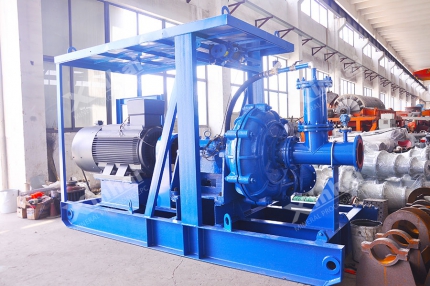
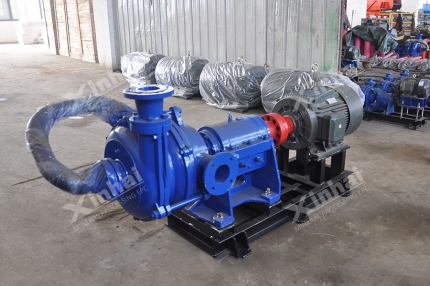
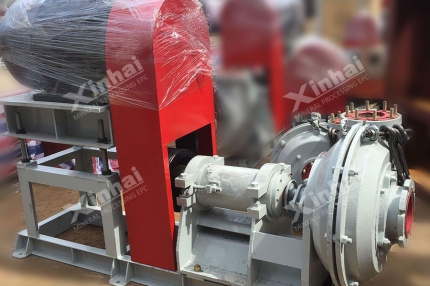
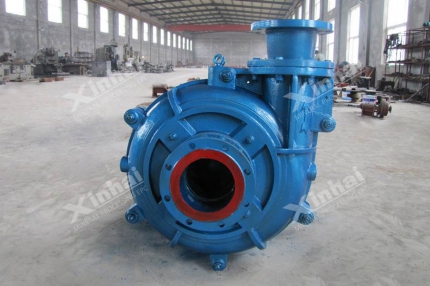
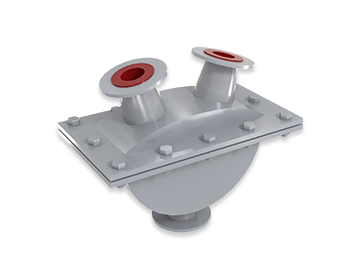
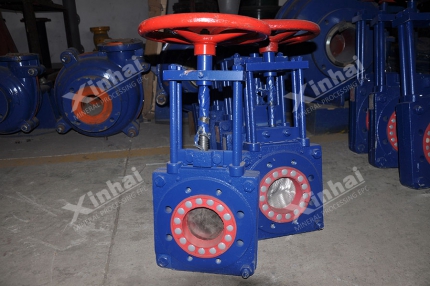
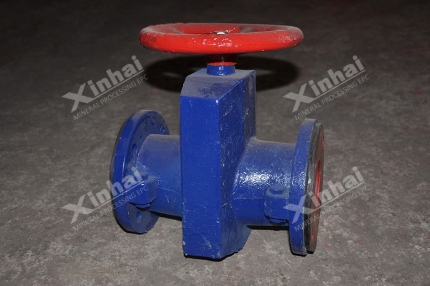
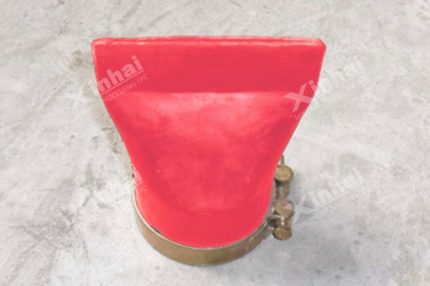
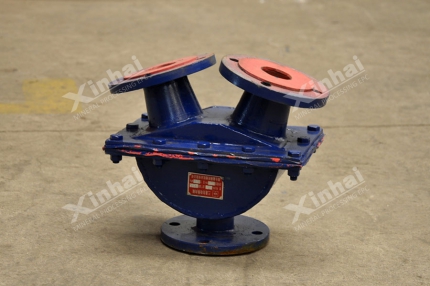
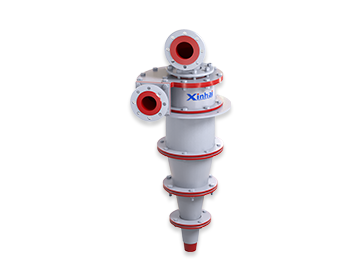
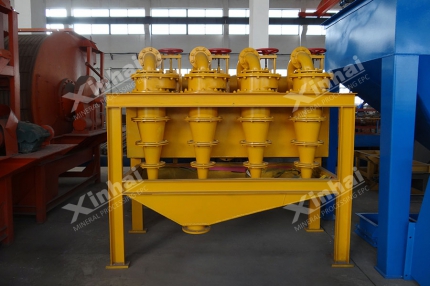
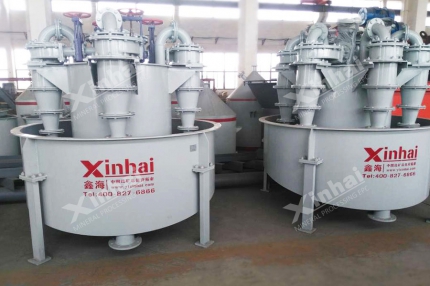
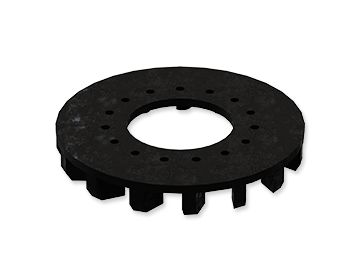
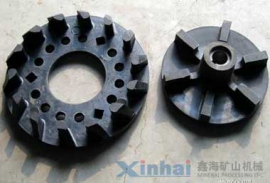
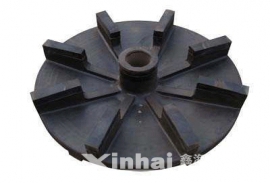
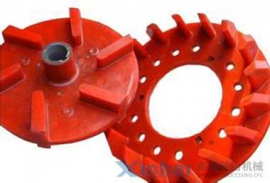
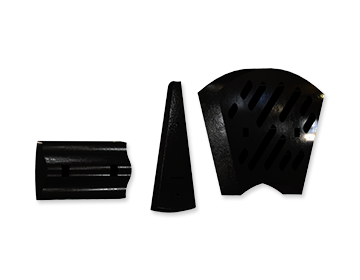
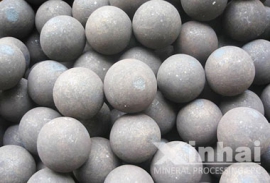
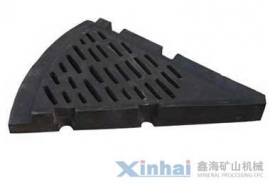
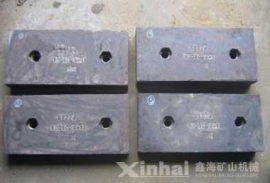
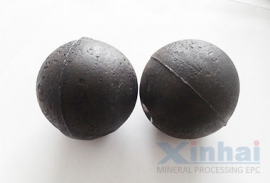
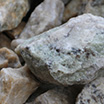
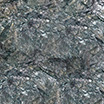
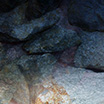
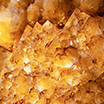


 CHAT
CHAT MESSAGE
MESSAGE




